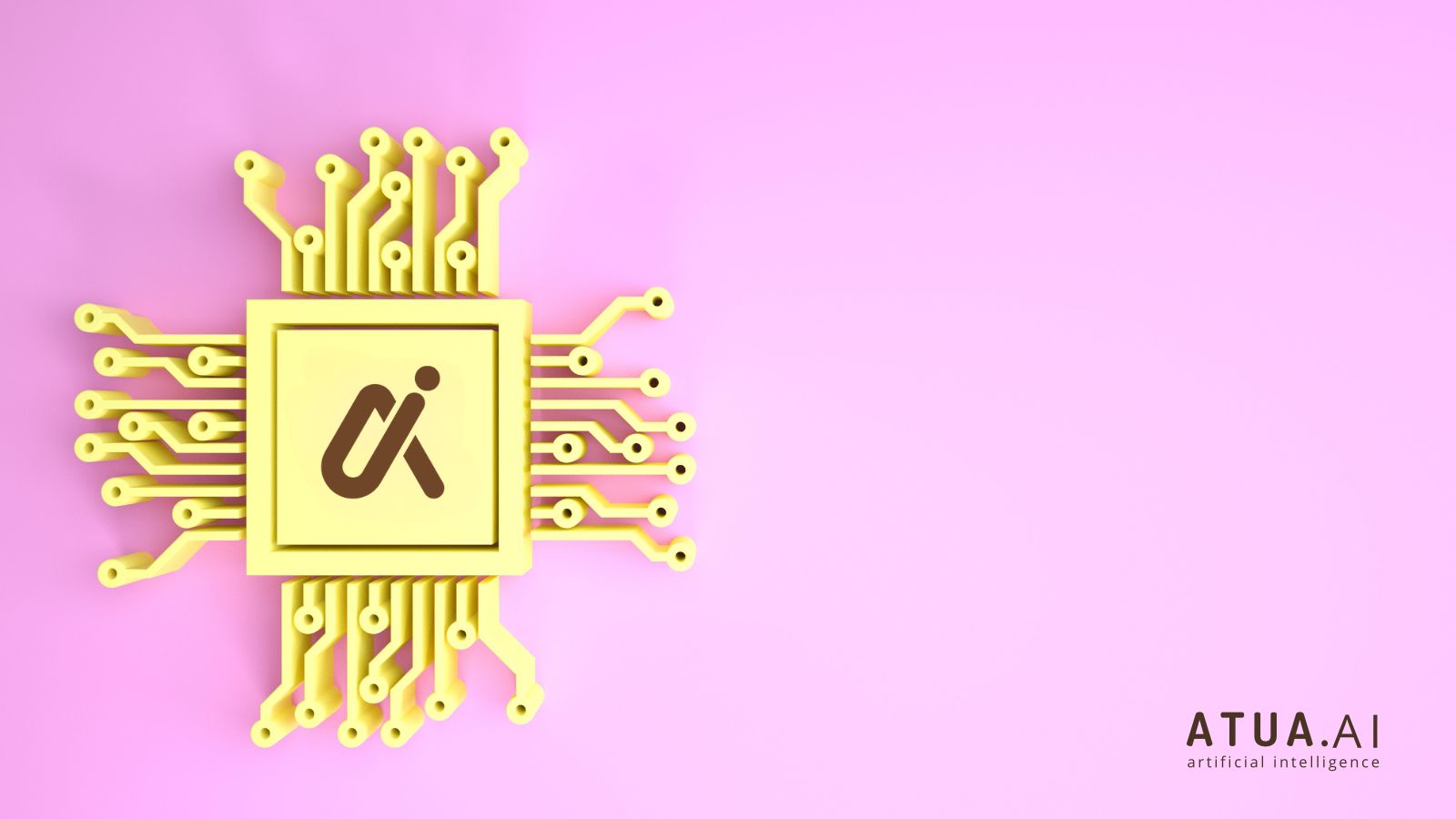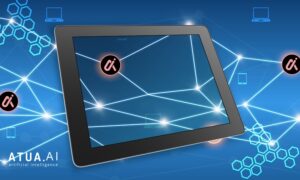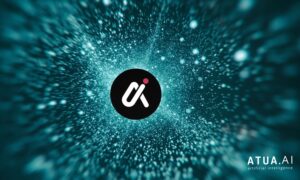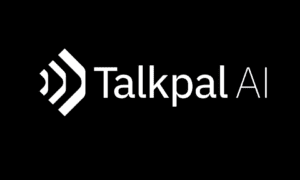Smarter Task Sequencing and Adaptive Automation Empower Scalable AI Deployment for Web3 Enterprises
Singapore, SG – May 16, 2025 – Atua AI (TUA), the decentralized AI-powered productivity platform, has updated its workflow logic framework to better support the growing operational needs of businesses building in Web3. These enhancements introduce more responsive task sequencing, real-time condition handling, and enterprise-level automation control across decentralized ecosystems.
The improved workflow logic enables users to deploy layered automation paths that respond dynamically to blockchain data, user input, and live environmental signals. With upgrades across Chat, Writer, and Classifier modules, teams can configure intelligent flows that scale in complexity while maintaining speed, consistency, and reliability.
This update also introduces advanced customization tools for developer teams, including condition-based branching, multi-chain trigger compatibility, and automated fallback actions for fail-safe execution. Whether managing governance decisions, token lifecycles, or content pipelines, users can now automate workflows with greater flexibility and precision.
Atua AI’s refined logic architecture ensures the platform remains aligned with the evolving needs of the decentralized economy. These updates reinforce the platform’s mission to deliver scalable, AI-powered infrastructure for high-performance business operations in Web3.
About Atua AI
Atua AI offers AI-powered productivity and creativity tools in the Web3 space. Its features include Chat, Writer, Imagine, Voiceover, and Classifier—all designed to empower users with intelligent, decentralized solutions for content creation, coding, analysis, and more.
Social Media
This update also introduces advanced customization tools for developer teams, including condition-based branching, multi-chain trigger compatibility, and automated fallback actions for fail-safe execution. Whether managing governance decisions, token lifecycles, or content pipelines, users can now automate workflows with greater flexibility and precision.This update also introduces advanced customization tools for developer teams, including condition-based branching, multi-chain trigger compatibility, and automated fallback actions for fail-safe execution. Whether managing governance decisions, token lifecycles, or content pipelines, users can now automate workflows with greater flexibility and precision.This update also introduces advanced customization tools for developer teams, including condition-based branching, multi-chain trigger compatibility, and automated fallback actions for fail-safe execution. Whether managing governance decisions, token lifecycles, or content pipelines, users can now automate workflows with greater flexibility and precision.This update also introduces advanced customization tools for developer teams, including condition-based branching, multi-chain trigger compatibility, and automated fallback actions for fail-safe execution. Whether managing governance decisions, token lifecycles, or content pipelines, users can now automate workflows with greater flexibility and precision.This update also introduces advanced customization tools for developer teams, including condition-based branching, multi-chain trigger compatibility, and automated fallback actions for fail-safe execution. Whether managing governance decisions, token lifecycles, or content pipelines, users can now automate workflows with greater flexibility and precision.This update also introduces advanced customization tools for developer teams, including condition-based branching, multi-chain trigger compatibility, and automated fallback actions for fail-safe execution. Whether managing governance decisions, token lifecycles, or content pipelines, users can now automate workflows with greater flexibility and precision.This update also introduces advanced customization tools for developer teams, including condition-based branching, multi-chain trigger compatibility, and automated fallback actions for fail-safe execution. Whether managing governance decisions, token lifecycles, or content pipelines, users can now automate workflows with greater flexibility and precision.



































